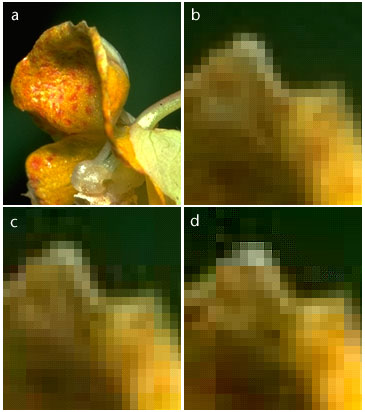- Codecs are the software which are used to encode and decode the data files.
- Image codecs are used for compress and decompress the image files.
- There are various kinds of image codecs.
BMP (Bitmap):
Advantages:
- Good photo quality.
- Easy to create from existing pixel data storage in an array in memory.
- BMP codecs are limited to RGB colors.
- Not support effective image compression.
GIF:
Advantages:
- It allows to create graphics for web page.
- It is the only codec which supports graphics universally for a graphic browser.
- Not good for images.
- Limited numbers of colors are supported (256 colors).
JPEG:
Advantages:
- Low complexity.
- Picture quality is generally good.
- Memory efficient.
Disadvantages:
- Single resolution and single quality.
- No lossless capability during compression.
JPEG 2000:
Advantages:
- Improved coding efficiency.
- Full quality scalable.
- Requires high memory.
- Takes more computation time.
M-JPEG:
Advantages:
- It is a lossless codec but at 100% quality degradation is minimal.
- At 5-20 thousand data rates JPEG may produce better results.
Disadvantages:
- Large images.
- Requires significant amount of CPU space.
TIFF:
Advantages:
- Best quality of photographic image.
- Encoding is lossless. Quality image.
- Files can be compressed or uncompressed.
Disadvantages:













